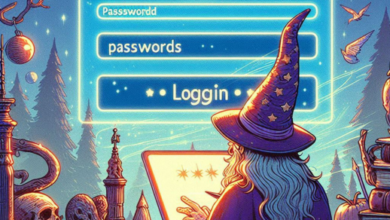Video games have evolved from mere entertainment to immersive experiences that blur the lines between art forms. Modern game design is a fusion of technology, storytelling, visual art, and interactive experiences. In this article, we’ll explore how art and creativity intersect in video game design, shaping the way we perceive and engage with this evolving medium.
Video games are a unique canvas for artists and designers to collaborate. Visual elements, from characters and environments to special effects, are carefully crafted to evoke emotions and convey narrative themes. Games like “Journey” and “Ori and the Blind Forest” are celebrated for their stunning visuals that contribute to the overall experience.
Furthermore, storytelling in games has evolved to incorporate complex narratives and character development. Games like “The Last of Us” and “Life is Strange” tackle mature themes and engage players on emotional levels akin to literature and film. This narrative depth makes players active participants in the story, adding an extra layer of immersion.
The interactivity of video games makes them a dynamic art form. Players’ choices influence the outcome, creating personalized experiences. Games like “Undertale” and “Detroit: Become Human” demonstrate how interactivity can shape the narrative and lead to multiple endings, much like the choose-your-own-adventure format.
The convergence of art, music, and sound design is also integral to the gaming experience. Music sets the tone, creates atmosphere, and enhances emotional engagement. Composers like Nobuo Uematsu (“Final Fantasy” series) and Darren Korb (“Bastion”) have become household names for their contributions to game soundtracks.
The rise of indie game development has further pushed the boundaries of creativity. Games like “Celeste” and “Hollow Knight” showcase that artistic vision can shine even with limited resources. This democratization of game development has led to diverse and experimental experiences.
In conclusion, the artistry and creativity in video game design have propelled the medium beyond its entertainment origins. As technology advances and storytelling evolves, games continue to captivate players by offering immersive, interactive, and emotionally resonant experiences that rival traditional art forms.





